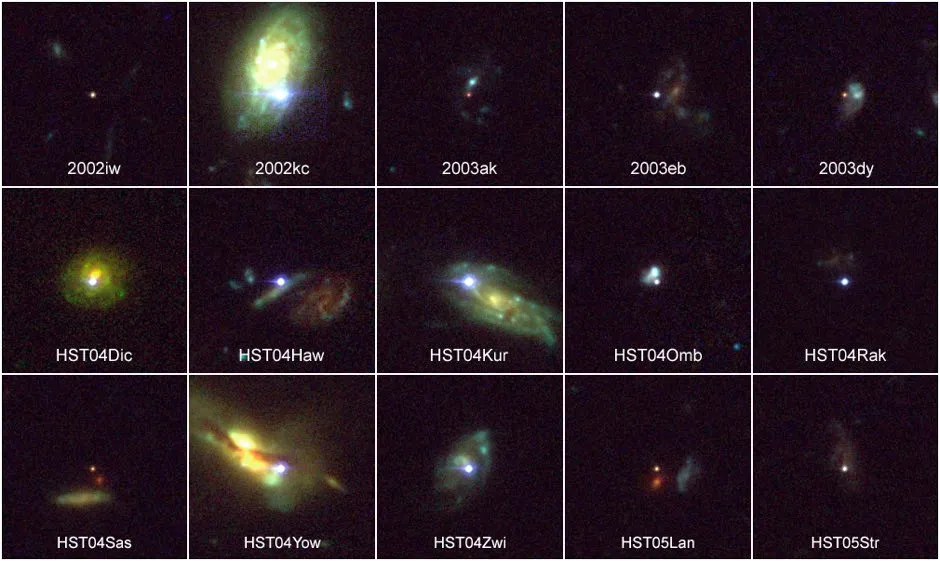
These galaxies, hosting energetic supernovae (exploding stars), contributed to one of the most talked-about discoveries in recent years. Not only is the expansion of the Universe accelerating, but it is also being fuelled by a phenomenon dubbed ‘dark energy’.
In 1998, astronomers released new data on how the brightness of supernovae changed over time. It showed that the light coming from the most distant exploding stars was fainter and more stretched (red-shifted) than predicted.
It meant that they were further away than astronomers calculated – a result that didn’t fit with the existing idea that the tug of gravity was causing the expansion of the Universe to slow down.
For the team leading the project, this could mean only one thing: the expansion rate is not slowing at all. It’s speeding up.
Discover more about the Hubble Space Telescope:
- 10 of Hubble’s greatest discoveries
- Beautiful Hubble Space Telescope images you probably haven’t seen before
- 10 future space missions to look forward to
- Who really discovered Hubble’s Law?
The Hubble Space Telescope played a supporting role in this initial discovery by providing data for three of the supernovae that the team wanted to observe, with the rest coming from ground-based telescopes in Chile, Europe and the USA.
“This result was so extraordinary that it required extraordinary evidence,” explains Dr Adam Riess, one of the three Nobel prize-winning team members for the discovery. “This confirming evidence came from the Hubble Space Telescope.”
By finding and precisely measuring another 16 supernovae at distances up to 10 billion light-years away, Hubble was able to confirm not just the acceleration, but that the Universe had indeed been decelerating in earlier times, just as predicted.
But to overcome gravity, something must be giving an opposing, repulsive force as the Universe expands and matter is spread out. This ‘something’ is dark energy, which makes up approximately 75 per cent of the entire known Universe.
Hubble observations showed that this caused the acceleration we see today to begin about five billion years ago.
From BBC Sky at Night Magazine:
- Hubble at 30: three decades of the famous space telescope
- 'How we serviced Hubble': Mike Massimino reveals all
- How Hubble’s successor the James Webb Space Telescope will observe the Universe
- Astronaut Kathy Sullivan on launching the famous space telescope
- What was wrong with Hubble’s mirror, and how was it fixed?
- Radio Astronomy Podcast: 30 years of the incredible space telescope
- How did the space telescope come about?
- What Hubble's launch meant to me, as an amateur astronomer
- How Hubble changed our view of the Universe
- Why did astronauts service the Hubble Space Telescope?
- How the Hubble Space Telescope is used to study exoplanets
- A history of the Hubble Space Telescope